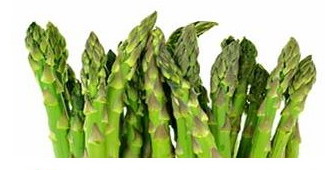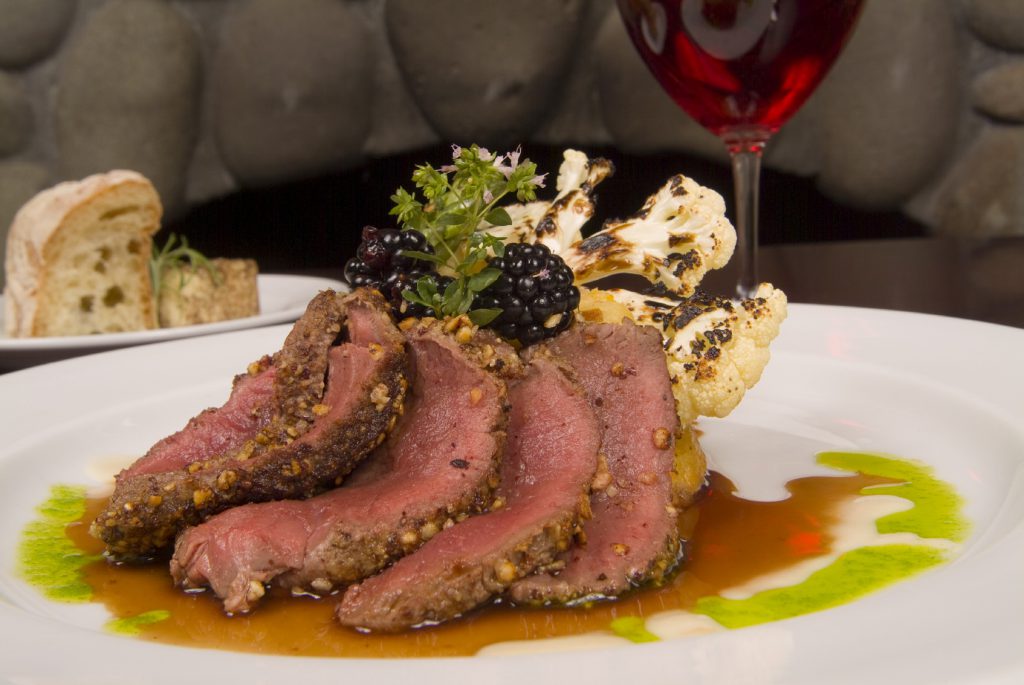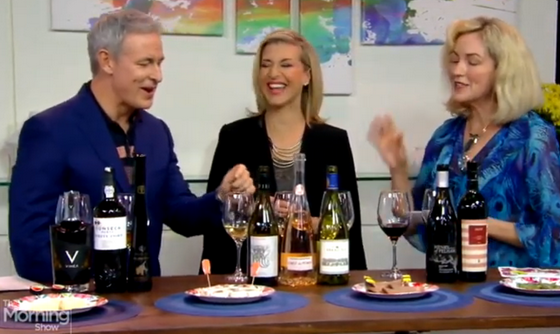On Global’s Morning Television Show, I asked Carolyn and Jeff to try five terrible food and wine matches … their expressions are priceless.
We chatted about why these pairings don’t work, and then how to fix them: either with the food or the wine.
I can’t cook, so I go the wine route ;)
However, a squeeze of lemon or a dash of salt will often help.
Here are the wines and pairings we featured below.

We all know that a big red wine pairs well with a steak, but what about more difficult dishes like vegetables and sushi?
Well here to tell us about 5 terrible wine and food matches, and how to fix them, is Natalie MacLean who offers Canada’s most popular online wine pairing classes at nataliemaclean.com.

1. Asparagus and a big red wine
Let’s start with veggies, especially asparagus, why are they so difficult to pair with wine?
First, I want to you try the asparagus and wine even though it’s not going to taste great … rest assured though whenever I do a wine segment here, my number one goal is not to poison the hosts.
Château Teyssier
Montagne-Saint-Émilion, Bordeaux A.C., France
Fontanafredda Eremo
Langhe, Piedmont D.O.C., Italy
So as you’re trying that let me share with you my tongue-in-cheek tasting note:
Tastes liquified moldy marshmallows running through a rusted drainage pipe.
Now let me tell you why it doesn’t work.
Asparagus and artichoke have cynarin, an organic acid, that stimulates our tastebuds’ sugar receptors and fools us into thinking that everything we eat or drink afterwards is sweeter than it is, including water. This plays havoc with wine. Italians have made a virtue of this problem by creating a bitter-tasting aperitif called Cynar, and they’re clever at pairing artichokes with two austere, bone-dry whites that would make you pucker if you drank them on their own: verdicchio and vermentino.
As well, many green vegetables, like these and Brussels Sprouts, have sulfur compounds, which can make the wine taste metallic or vegetal.
So either fix the food or fix the wine.
Food fix: Cooking softens this edge as does bridging ingredients like salt, lemon juice/acidity or even hollandaise sauce.
Wine fix: Try a wine that will work with asparagus, like Sauvignon Blanc, and heal the palate ;)
2. Roast beef and zesty white wines

Tasting note:
Notes of stagnant swamp on the palate with a paint thinner finish, I think it’s Sherwin Williams, but I can’t be positive.
Why it doesn’t work:
The roast beef is too heavy in weight and flavour for these light wines.
Fix: Try the roast beef with the big red instead that is equal to the weight and flavour of the meat.
3. Sushi and dessert wine

Why it doesn’t work:
Sushi is too light for these heavy dessert wines, also mismatch of sweetness

Tasting Note:
Tastes like you’re chewing on dandelion stems dipped in vinegar with a burning rubber tire finish.
Try the sushi instead the zesty white wine like the pinot gris or gruner veltliner.
4. Creamy cheese and amarone, zinfandel, baco noir

Tasting Note:
Hints of rancid Cheetos stuffed in sweaty gym socks floating in puddle of motor oil.
Why it doesn’t work:
The full-bodied, high alcohol and richly sweet dessert wines overpower the mildly flavoured soft cheese.
Try instead one of the zesty white wines or the dry rose.
5. Dessert and a dry wine

Tasting note:
On the nose, a whiff of wet feline furballs followed on the palate by a rush of rusted nails, the kind that if you step on them, you need a tetanus shot.
Why it doesn’t work:
The dessert is sweeter than the wine, making the wine taste bitter by comparison.
Try instead one of the dessert wines.

This is not Jeff and Carolyn ;)


















